Forecasting Financial Markets
$24.31
| Author(s) | |
|---|---|
| Product Type |
Ebook |
| Format |
|
| Skill Level |
Intermediate to Advanced |
| Pages |
423 |
| Publication Year |
2010 |
| Delivery |
Instant Download |
Tony Plummer’s Forecasting Financial Markets is one of the most influential works in behavioral finance, market psychology, and cyclical forecasting. Plummer integrates crowd psychology, liquidity dynamics, price behavior, and cyclical rhythm into a unified model that explains why markets move rather than simply how they move.
This digital book explores the deeper structure behind market activity — the emotional patterns, feedback loops, and behavioral cycles that recur across history. Plummer explains how market participants follow predictable emotional sequences, creating rhythm in price movement that can be analyzed, anticipated, and traded.
The book combines classical technical analysis, behavioral science, timing cycles, liquidity flows, and the psychology of crowd reactions. Plummer provides a systematic model for analyzing turning points, recognizing tension-release cycles, understanding collective emotional states, and forecasting trend transitions. His framework helps traders move beyond surface-level indicators and into the underlying forces shaping financial markets.
For traders seeking a deeper, psychological, and cyclical model of forecasting — beyond charts and indicators alone — this work is essential and timeless.
✅ What You’ll Learn:
- The psychological foundations of market behavior
- How crowd emotions shape trends, reversals, and volatility
- The construction of Plummer’s behavioral model of financial markets
- How liquidity and feedback loops create price rhythm
- The role of tension and release patterns in market structure
- Cyclical forces that drive long-term and short-term movements
- How to anticipate turning points using behavioral cues
- How to combine psychology with classical technical analysis
- How markets self-organize through emotional synchronization
- How to build a forecasting model based on psychology and cycles
💡 Key Benefits:
- Gain a deep psychological understanding of market movement
- Improve forecasting accuracy using behavioral and cyclical insights
- Learn a model that transcends conventional chart-reading
- Strengthen emotional discipline through understanding crowd behavior
- Build confidence in anticipating turning points
- Access a timeless framework applied across all asset classes
👤 Who This Book Is For:
- Intermediate and advanced traders studying market psychology
- Technical analysts seeking a behavioral explanation for patterns
- Cycle researchers and macro analysts
- Traders wanting to anticipate turning points more reliably
- Anyone who wants to understand why markets move, not just how
📚 Table of Contents:
– Part One: The logic of non-rational behaviour in financial markets
- Wholly individual or indivisibly whole
- Two’s a crowd
- The individual in the crowd
- The systems approach to crowd behaviour
- Cycles in the crowd
- Approaches to forecasting crowd behaviour
– Part Two: The dynamics of the bull–bear cycle
- The stock market crowd
- The shape of the bull–bear cycle
- Energy gaps and pro-trend shocks
- The spiral and the golden ratio
- The mathematical basis of price movements
- The shape of things to come
– Part Three: Forecasting turning points
- The phenomenon of cycles
- The threefold nature of cycles
- Economic cycles
- Recurrence in economic and financial activity
- Integrating the cycles
- Forecasting with cycles
- Price patterns in financial markets
- The Elliott wave principle
- Information shocks and corrections
- The confirmation of buy and sell signals
– Part Four: The psychology of trading
- The psychology of fear
- The troubled trader
- The psychology of success
- Summary and conclusions
Forecasting Financial Markets: The Psychology of Successful Investing By Tony Plummer
11 reviews for Forecasting Financial Markets
Clear filtersOnly logged in customers who have purchased this product may leave a review.

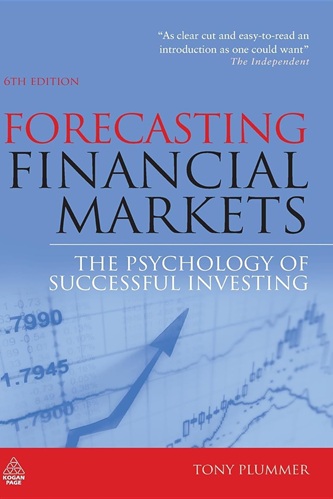

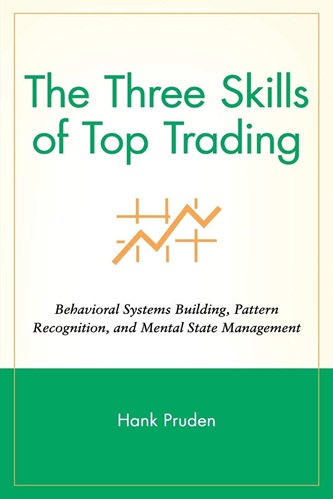
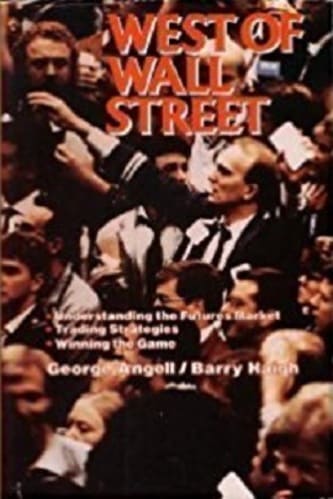
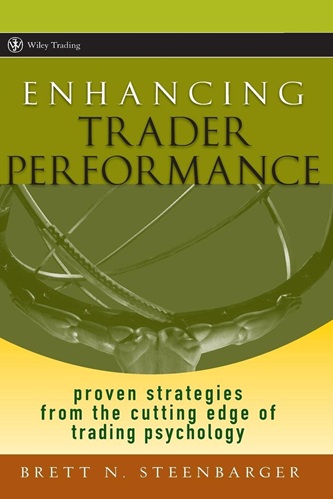
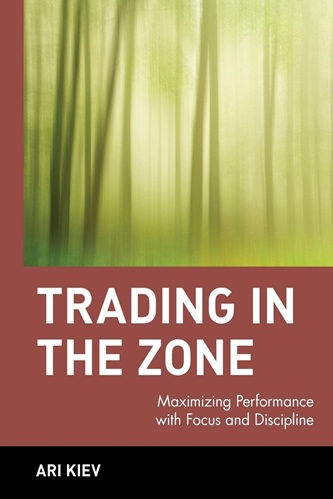

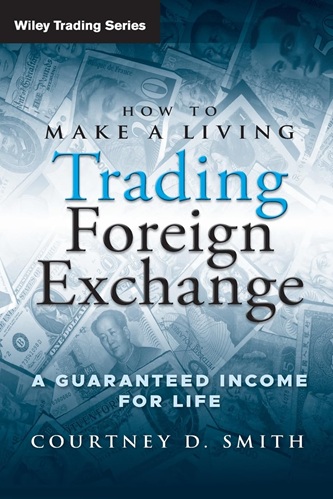

Luella Schwartz (verified owner) –
This book will entertain and intrigue keen investors.
Kenneth Reyna (verified owner) –
A brilliant, original, insightful work… deserves to be read by all serious technical analysts.
Van Beck (verified owner) –
A fine, well-detailed introduction to investment psychology… Investment and business libraries at the college level will find this a fine classroom supplement.
Antonio Dyer (verified owner) –
This book is just an incoherent collection of fancy words and phrases (like crowd psychology, feedback systems, fractals, etc). The book is supposed to show the scientific basis behind technical analysis. But, the reasoning (or lack thereof) is mediocre at best. I got the feeling that the author wants the book to sound scientific without any science.
In certain cases, the book makes conclusions that are absolutely and shockingly false. For example, in page 58, the author makes a conclusion that boils down to this: as you increase the window of a moving average, there will be a very high correlation between the values of the moving average at any two times T and T-1. Hence, the author claims, this (the high correlation) shows that financial markets are predictable!!
This “reasoning” is absolutely ridiculous. Moving averages BY DEFINITION smooth out curves and hence increase correlation between time steps of the smoothed curve. In fact, if the window is large enough the value of the moving average will be approximately constant and that will imply that the correlation between T and T-1 is almost 1. This will be the case for almost ANY stationary data series. Does that make any such data series predictable?! Absolutely not!
Jericho Donaldson (verified owner) –
Yes. It helped me understanding better myself and the way I make my trading decisions. It also gave me some great ideas about developing a contrarian trading system. The psychology chapters are a must read!!! I did not buy too much into the waves theories but that’s just me…
Tommy Beasley (verified owner) –
I found this book very interesting and liked it in an instant.
Natasha Guevara (verified owner) –
Very philosophical. But a good reading
Gia Fox (verified owner) –
What’s the point of this book? I really couldn’t get it. Is it a book about technical analysis? Yes, it is. It puts a great effort to expound how to predict markets by observing cycles and patterns. But the rest of the book about technical analysis is limited and shallow, except for its evaluation of the Elliott wave principle. It’s writing style is too complicated and hard to follow as well. I genuinely don’t think it can get the message across effectively to those who want to learn more about technical analysis in order to ‘forecast’ financial markets. Having said that, I found the fourth part of this book: ‘The trader at work’ actually quite useful. It helps you to understand your personality type toward financial markets; it also provide you with advice about how to rectify the drawbacks associated with your personality. Lastly, it’s never easy to forecast financial markets. I was impressed by the book title when I came across this book. Unfortunately, I didn’t find impressive arguments in it.
Estrella Mayo (verified owner) –
This is a fascinating insight into, among other things, the influence of crowd behaviour on financial markets. Compelling and wonderfully written. This has really stood the test of time since its first edition. I recommend to anyone with an interest in stock markets, professional or as a layperson.
Mikaela Hurley (verified owner) –
This is an exceptional piece of work that I would recommend to anyone with an interest in financial markets. It’s excellently written, and very clear. Not only is it a great exploration of technical analysis, but contains some amazing insights into psychology and the impact of crowd behaviour on the stock markets. The fact that it is in its 6th edition is testimony to its quality. An absolute must.
Jaylah Wheeler (verified owner) –
The “price pulse” theory is terribly written and very hard to understand??? But saying that the last few chapters “The Trader at Work” are redeeming…but not enough to raise the book above a 1 star.